Vincent Dumont
A Self-Supervised Approach to Reconstruction in Sparse X-Ray Computed Tomography
Oct 30, 2022Abstract:Computed tomography has propelled scientific advances in fields from biology to materials science. This technology allows for the elucidation of 3-dimensional internal structure by the attenuation of x-rays through an object at different rotations relative to the beam. By imaging 2-dimensional projections, a 3-dimensional object can be reconstructed through a computational algorithm. Imaging at a greater number of rotation angles allows for improved reconstruction. However, taking more measurements increases the x-ray dose and may cause sample damage. Deep neural networks have been used to transform sparse 2-D projection measurements to a 3-D reconstruction by training on a dataset of known similar objects. However, obtaining high-quality object reconstructions for the training dataset requires high x-ray dose measurements that can destroy or alter the specimen before imaging is complete. This becomes a chicken-and-egg problem: high-quality reconstructions cannot be generated without deep learning, and the deep neural network cannot be learned without the reconstructions. This work develops and validates a self-supervised probabilistic deep learning technique, the physics-informed variational autoencoder, to solve this problem. A dataset consisting solely of sparse projection measurements from each object is used to jointly reconstruct all objects of the set. This approach has the potential to allow visualization of fragile samples with x-ray computed tomography. We release our code for reproducing our results at: https://github.com/vganapati/CT_PVAE .
Hyperparameter Optimization of Generative Adversarial Network Models for High-Energy Physics Simulations
Aug 12, 2022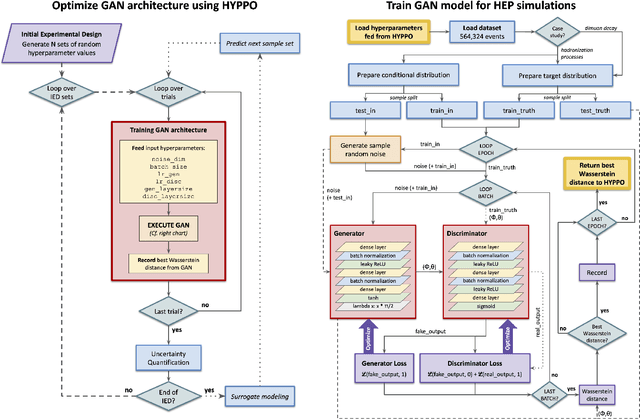

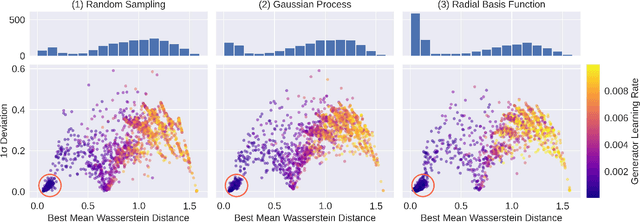

Abstract:The Generative Adversarial Network (GAN) is a powerful and flexible tool that can generate high-fidelity synthesized data by learning. It has seen many applications in simulating events in High Energy Physics (HEP), including simulating detector responses and physics events. However, training GANs is notoriously hard and optimizing their hyperparameters even more so. It normally requires many trial-and-error training attempts to force a stable training and reach a reasonable fidelity. Significant tuning work has to be done to achieve the accuracy required by physics analyses. This work uses the physics-agnostic and high-performance-computer-friendly hyperparameter optimization tool HYPPO to optimize and examine the sensitivities of the hyperparameters of a GAN for two independent HEP datasets. This work provides the first insights into efficiently tuning GANs for Large Hadron Collider data. We show that given proper hyperparameter tuning, we can find GANs that provide high-quality approximations of the desired quantities. We also provide guidelines for how to go about GAN architecture tuning using the analysis tools in HYPPO.
Do cities have a unique magnetic pulse?
Feb 12, 2022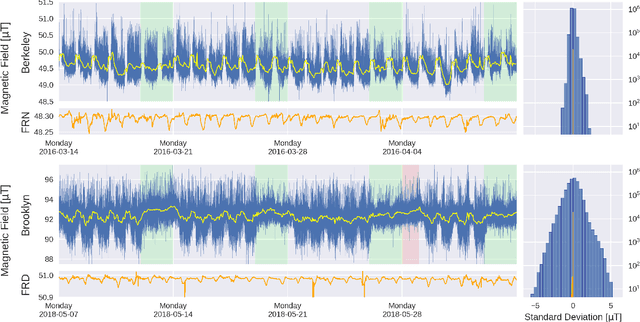
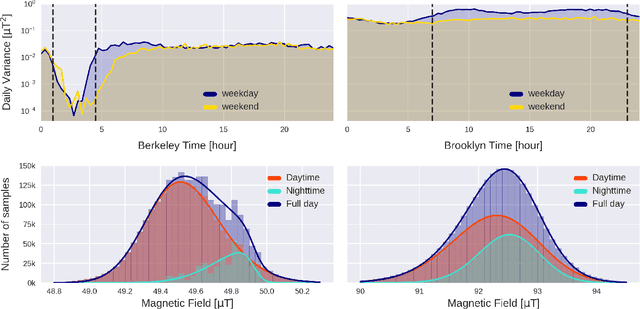
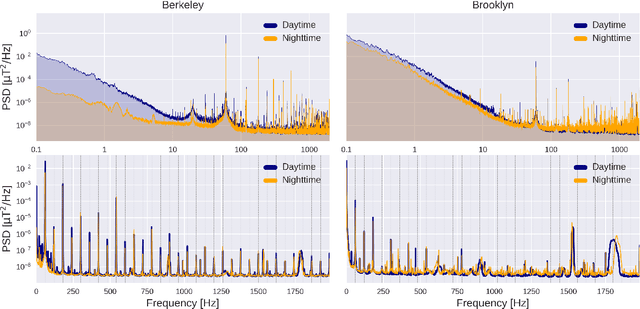
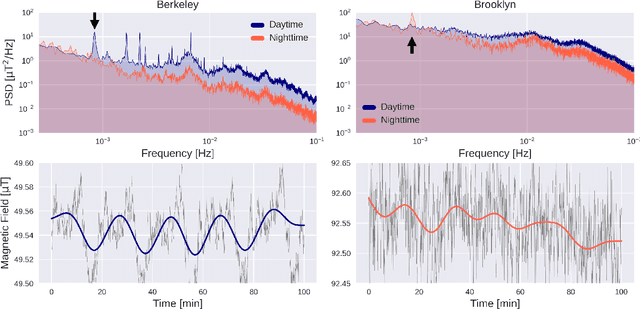
Abstract:We present a comparative analysis of urban magnetic fields between two American cities: Berkeley (California) and Brooklyn Borough of New York City (New York). Our analysis uses data taken over a four-week period during which magnetic field data were continuously recorded using a fluxgate magnetometer of 70 pT/$\sqrt{\mathrm{Hz}}$ sensitivity. We identified significant differences in the magnetic signatures. In particular, we noticed that Berkeley reaches a near-zero magnetic field activity at night whereas magnetic activity in Brooklyn continues during nighttime. We also present auxiliary measurements acquired using magnetoresistive vector magnetometers (VMR), with sensitivity of 300 pT/$\sqrt{\mathrm{Hz}}$, and demonstrate how cross-correlation, and frequency-domain analysis, combined with data filtering can be used to extract urban magnetometry signals and study local anthropogenic activities. Finally, we discuss the potential of using magnetometer networks to characterize the global magnetic field of cities and give directions for future development.
HYPPO: A Surrogate-Based Multi-Level Parallelism Tool for Hyperparameter Optimization
Oct 04, 2021
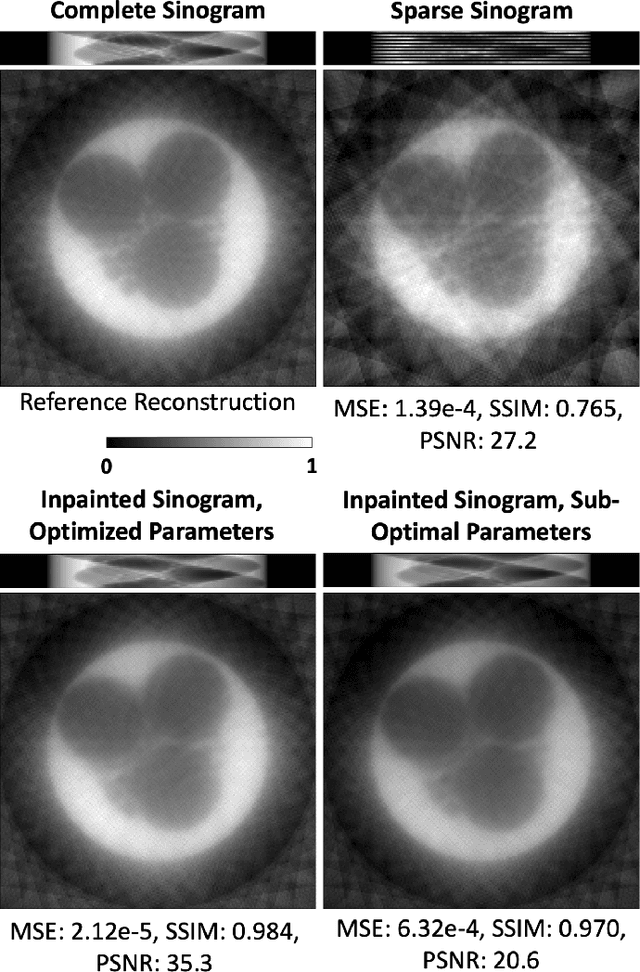
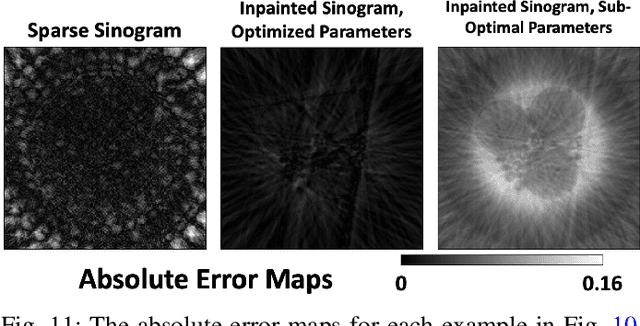
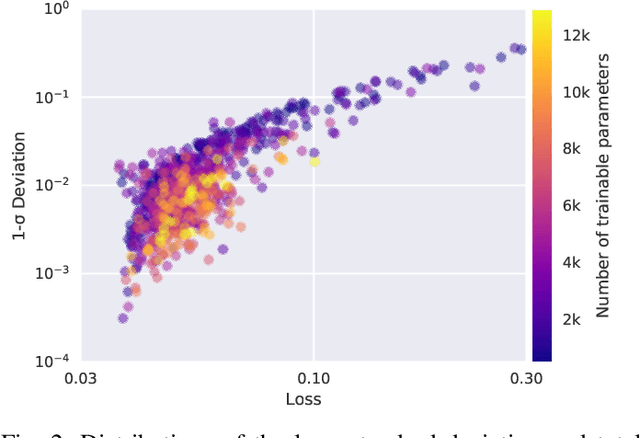
Abstract:We present a new software, HYPPO, that enables the automatic tuning of hyperparameters of various deep learning (DL) models. Unlike other hyperparameter optimization (HPO) methods, HYPPO uses adaptive surrogate models and directly accounts for uncertainty in model predictions to find accurate and reliable models that make robust predictions. Using asynchronous nested parallelism, we are able to significantly alleviate the computational burden of training complex architectures and quantifying the uncertainty. HYPPO is implemented in Python and can be used with both TensorFlow and PyTorch libraries. We demonstrate various software features on time-series prediction and image classification problems as well as a scientific application in computed tomography image reconstruction. Finally, we show that (1) we can reduce by an order of magnitude the number of evaluations necessary to find the most optimal region in the hyperparameter space and (2) we can reduce by two orders of magnitude the throughput for such HPO process to complete.
Deep Learning on Real Geophysical Data: A Case Study for Distributed Acoustic Sensing Research
Oct 15, 2020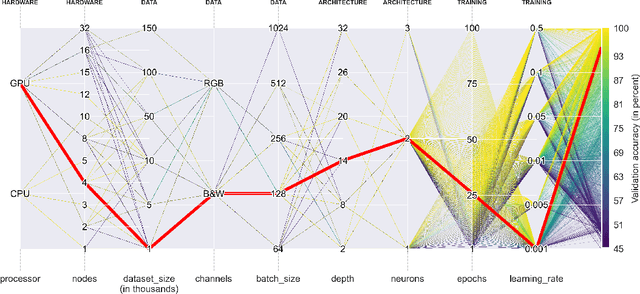

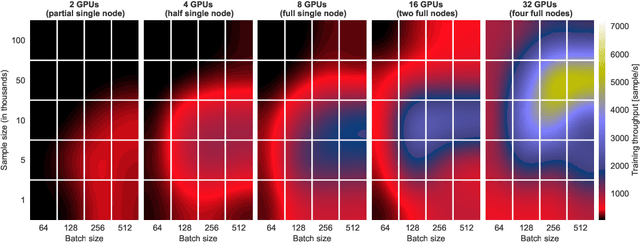
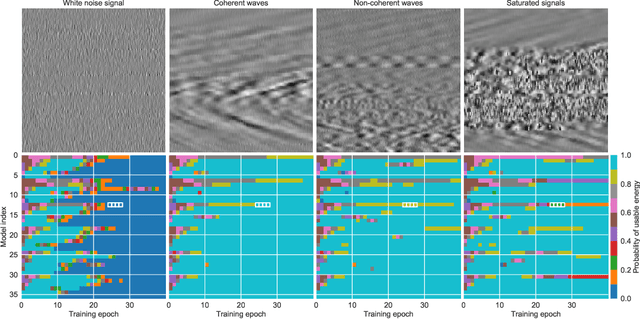
Abstract:Deep Learning approaches for real, large, and complex scientific data sets can be very challenging to design. In this work, we present a complete search for a finely-tuned and efficiently scaled deep learning classifier to identify usable energy from seismic data acquired using Distributed Acoustic Sensing (DAS). While using only a subset of labeled images during training, we were able to identify suitable models that can be accurately generalized to unknown signal patterns. We show that by using 16 times more GPUs, we can increase the training speed by more than two orders of magnitude on a 50,000-image data set.
Deep Learning for Surface Wave Identification in Distributed Acoustic Sensing Data
Oct 15, 2020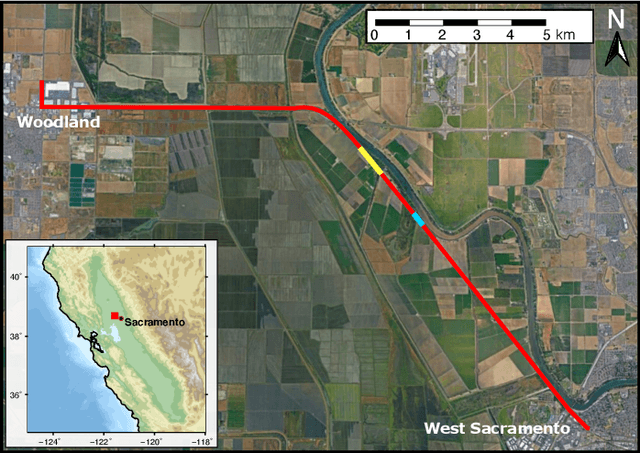
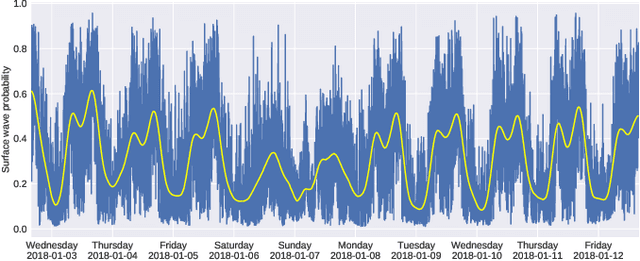

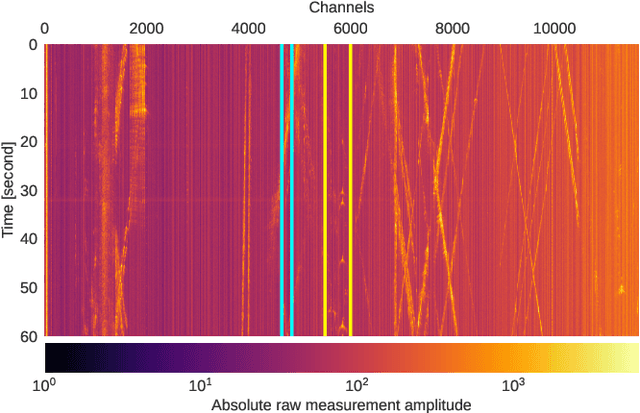
Abstract:Moving loads such as cars and trains are very useful sources of seismic waves, which can be analyzed to retrieve information on the seismic velocity of subsurface materials using the techniques of ambient noise seismology. This information is valuable for a variety of applications such as geotechnical characterization of the near-surface, seismic hazard evaluation, and groundwater monitoring. However, for such processes to converge quickly, data segments with appropriate noise energy should be selected. Distributed Acoustic Sensing (DAS) is a novel sensing technique that enables acquisition of these data at very high spatial and temporal resolution for tens of kilometers. One major challenge when utilizing the DAS technology is the large volume of data that is produced, thereby presenting a significant Big Data challenge to find regions of useful energy. In this work, we present a highly scalable and efficient approach to process real, complex DAS data by integrating physics knowledge acquired during a data exploration phase followed by deep supervised learning to identify "useful" coherent surface waves generated by anthropogenic activity, a class of seismic waves that is abundant on these recordings and is useful for geophysical imaging. Data exploration and training were done on 130~Gigabytes (GB) of DAS measurements. Using parallel computing, we were able to do inference on an additional 170~GB of data (or the equivalent of 10 days' worth of recordings) in less than 30 minutes. Our method provides interpretable patterns describing the interaction of ground-based human activities with the buried sensors.
 Add to Chrome
Add to Chrome Add to Firefox
Add to Firefox Add to Edge
Add to Edge